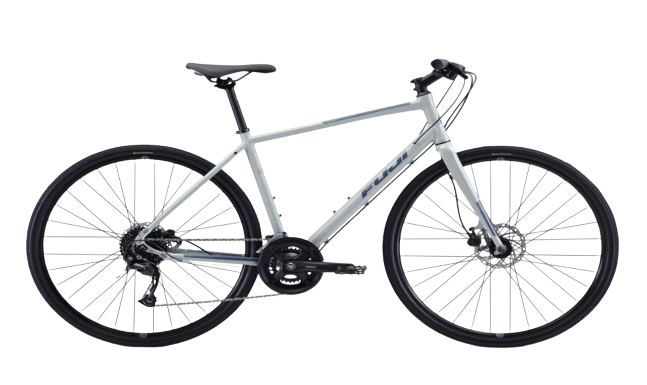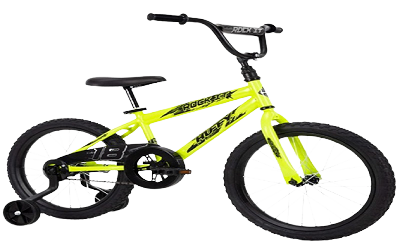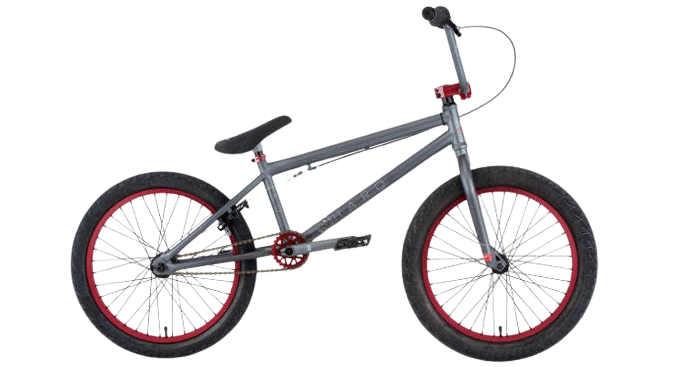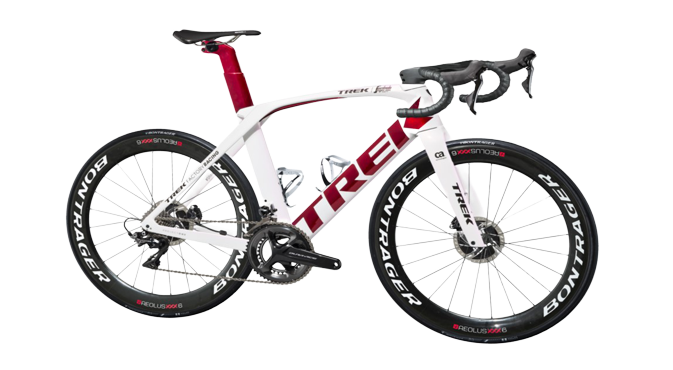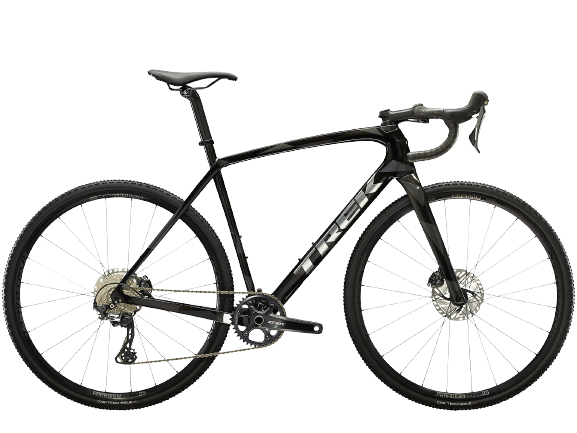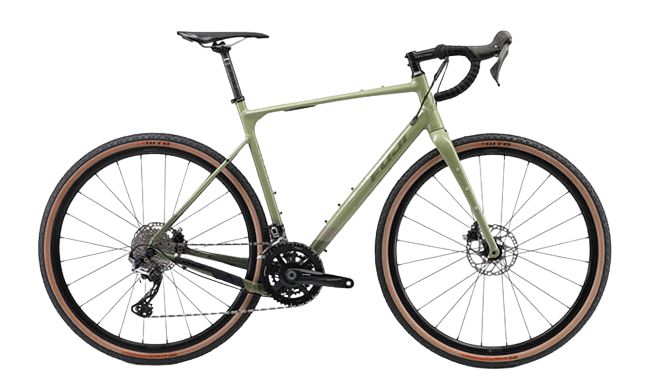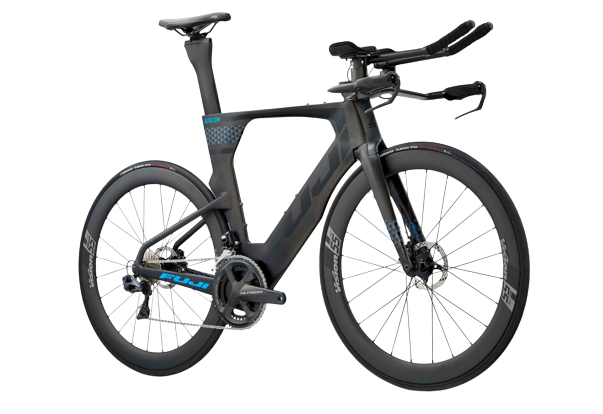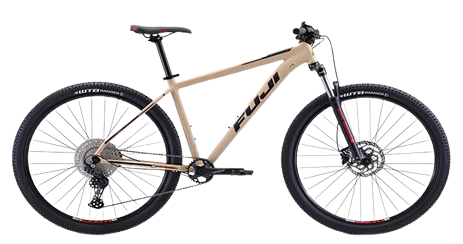Hybrid Bikes
Hybrid Bicycles were originally conceived to provide the advantages of both road bikes and mountain bikes. Their large, padded seats and upright handlebars provide a comfortable riding position, and are best for casual riding around the neighborhood or bike paths, short-distance commuting, and errands around town. They can be ridden on paved roads, but are not as lightweight or efficient as road bikes. They are ideal for paved or unpaved bike trails, but are not appropriate for rough off-road mountain bike trails.
